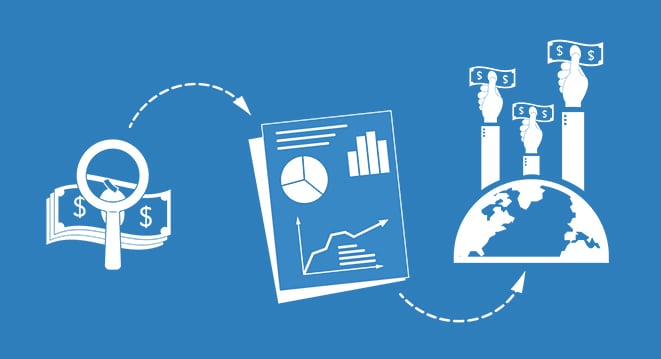Online shopping was on the rise before coronavirus hit, but the pandemic has made it invaluable and perhaps secured its supremacy.
Few things have flourished in the wake of the coronavirus, but eCommerce is one that has. A huge increase in online sales is proving this channel can be robust in even the worst conditions. However, it’s not all good news for sellers.
The world is wondering if struggling “real world” retail can ever fully recover after COVID-19. To have any hope of making an accurate prediction, it’s necessary to look back before we look forward.
The eWorld, pre-COVID-19
The dominating narrative, even before the pandemic struck, was that eCommerce was ruling retail. Brick and mortar stores were heading for extinction, or so the story went. It was true that e-sales had been increasing exponentially. Consumers spent over $600 billion online in 2019, and eCommerce businesses have seen their share of overall sales triple since 2007.
That triplication should be looked at in terms of the web still being relatively underused over a decade ago compared to today (and certainly tomorrow). The jump in sales from 2018 to 2019 alone was 14.9%. The natural evolution of eCommerce meant that all signs were pointing to a surge in popularity for online sales prior to COVID-19 entering the picture.
But there was more to it. Physical stores weren’t really in danger of being wiped out; far from it. The latest figures from the U.S. Census Bureau show the situation is the same as it has been for years: a steady rise in eCommerce, but one which accounts for only 11.5% of total U.S. retail sales. That’s a considerable share at over $160 million, but it also means that 80.5% of sales are still being made physically.
Where those Census figures leave off is, sadly, where COVID-19 starts. It’s only in the last few months that brick and mortar businesses have really felt the impact of lockdowns, quarantines and both domestic and international logistics freezes.
The pandemic’s toll on physical stores
The crippling economic effects of the coronavirus aren’t limited solely to small and medium-sized businesses. Retail giants are also reeling, with household names like JC Penney, Pier 1 and Nieman Marcus all entering liquidation as 3000 stores shut up shop. Even high-end brands like Brooks Brothers, with over 200 years of customer faith, are on the brink.
Those not in the process of going under may simply be on pause before the inevitable closures, say some industry experts. Terms like “absolutely unprecedented” and “historic wave of bankruptcies” are being used to describe what seems to be ahead for real-world retail. Late Q3, Q4 and into 2021 is when the pain will really be felt by physical stores.
This has rendered eCommerce invaluable as a quarantine-friendly substitute now and for the foreseeable future — particularly for any online retailer offering essential items, but also for those who aren’t. Multi-sector sales were up 74% in March, proving it’s not just hygiene products and medical masks in high digital demand.
Even with the massive increase in online sales and the dark cloud hanging over Main Street, there may still be a middle ground; one that could see eCommerce retain its invaluable status while brick and mortar stores continue to play an important role.
The crossroads of digital and physical retail
There’s an online-related percentage increase that dwarfs every other figure. It’s 248%, and it might be the best indicator we have of the future of retail. This percentage applies to BOPIS buys, or “Buy Online, Pickup in Store.” Use of BOPIS has rocketed up during the COVID quarantine because it addresses many consumer pain points related to the virus.
- First, people see BOPIS as a way to bypass unacceptable wait times following online orders. Visiting the store a few hours after ordering beats waiting even a day or two.
- Second, it offers a guaranteed and quick way for consumers to get into the store and out again with certainty that the goods they need are there.
- Last, it deals at least partially with the cabin fever everyone is feeling during quarantine. A visit to the store gets people outside and interacting with others, however briefly, which breaks the monotony of being trapped indoors. It’s for this reason that some commentators feel physical retail will surge when lockdowns lift. Others feel that the future of retail lies in a hybrid of online and real-world shopping where each is invaluable.
Either way, 2020 will be a crucial year in revealing how eCommerce will fare. 71lbs is always here to offer eCommerce and real-world retailers the best in shipping advice, the most competitive insurance and Premium Analytics that provide on-demand data to optimize your entire shipping profile.
At 71lbs, we focus on two things: a) helping customers save money on shipping, and b) helping customers understand their shipping costs. We provide refunds and savings on shipping insurance, freight and imports, among other benefits. Our automated dashboard displays easy-to-understand shipping costs and insights so you can make better business decisions. Drop by the contact page to get in touch!




